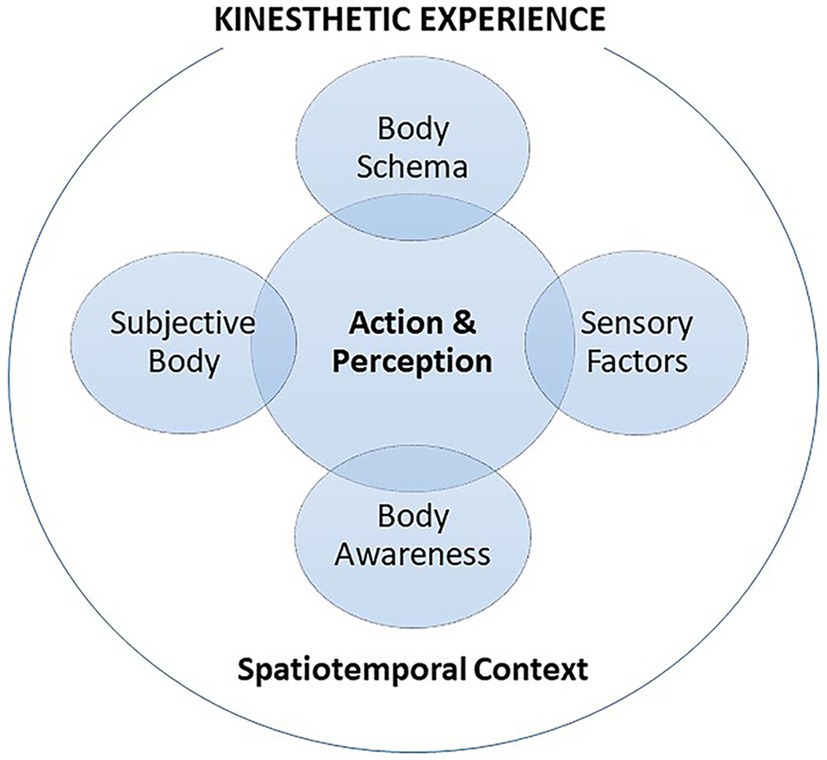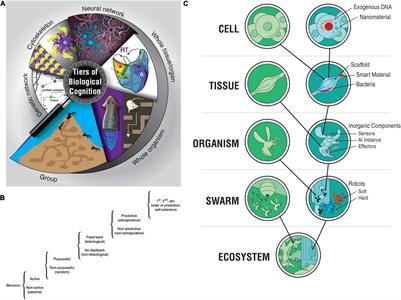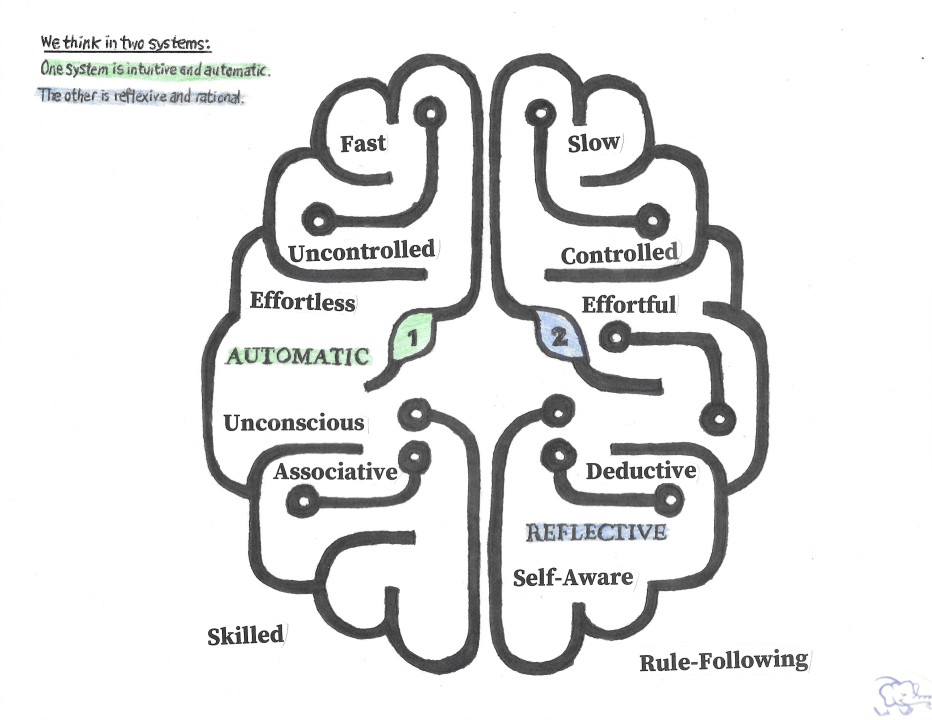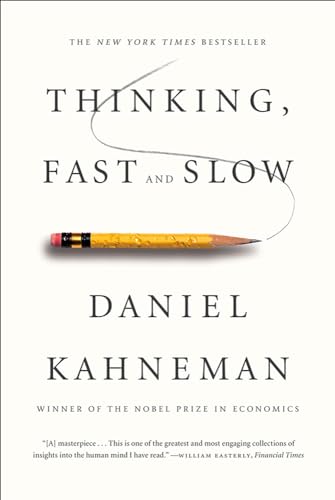Figure 1 from Thinking Fast and Slow: An Approach to Energy-Efficient Human Activity Recognition on Mobile Devices
€ 4.50 · 4.6 (538) · En stock

Figure 1: Detecting begin and end of a trip relative to a significant place: Use cell-id patterns for “intuitive” detection when possible, and use GPS/WiFi for “deliberate” detection when necessary. Energy saving is achieved when a user visits the same places and repeats the same trips and accordingly the system works in the intuition mode. - "Thinking Fast and Slow: An Approach to Energy-Efficient Human Activity Recognition on Mobile Devices"

Trends in human activity recognition using smartphones
Fast & Slow Thinking: Our System 1 & System 2 Brains
Artificial Intelligence: Thinking, fast(er) and slow

Sensors, Free Full-Text

Figure 6 from Thinking Fast and Slow: An Approach to Energy-Efficient Human Activity Recognition on Mobile Devices

Self-driving Cars: The technology, risks and possibilities - Science in the News

Frontiers Body and the Senses in Spatial Experience: The Implications of Kinesthetic and Synesthetic Perceptions for Design Thinking

Personalized human activity recognition using deep learning and edge-cloud architecture

Figure 2 from Deep Learning for Sensor-based Activity Recognition: A Survey

Frontiers Technological Approach to Mind Everywhere: An Experimentally-Grounded Framework for Understanding Diverse Bodies and Minds

Figure 6 from Thinking Fast and Slow: An Approach to Energy-Efficient Human Activity Recognition on Mobile Devices

Active Site Sequence Representations of Human Kinases Outperform Full Sequence Representations for Affinity Prediction and Inhibitor Generation: 3D Effects in a 1D Model

Deep learning algorithms for human activity recognition using mobile and wearable sensor networks: State of the art and research challenges - ScienceDirect










